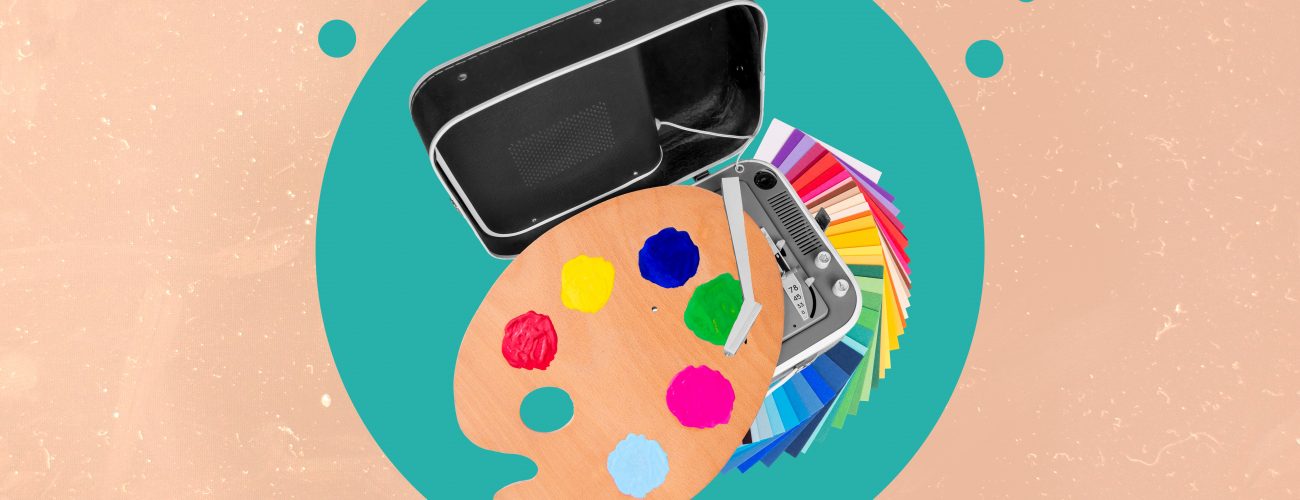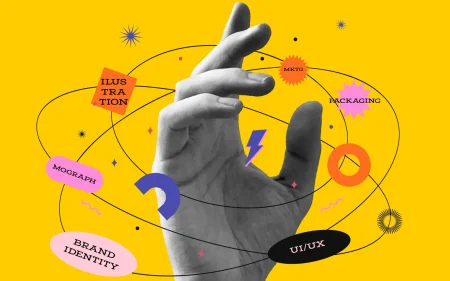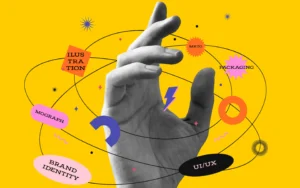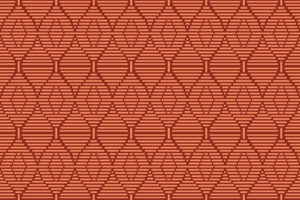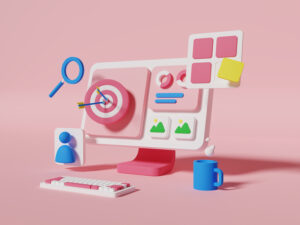Drawing insights from industry leaders where they reveal essential strategies and unique web design choices that will inspire while preserving their distinctive style. Creators can learn to define and maintain their aesthetic, even when influenced by diverse sources. Discover how to skillfully interpret trends and create mood boards that become a wellspring of creativity.
Translate Inspiration Through Your Style
Simple. Don’t copy, translate.
When I see a design I like, I don’t ask, How can I make something that looks like this? I ask, Why does this work? What makes it feel good? Then I take that feeling and filter it through my own style.
We mix engineering precision with handcrafted leatherwork. That means we’re always pulling ideas from architecture, machinery, even vintage watchmaking. But the second something feels too much like someone else’s work, it’s out.
It’s easy to get lost in trends, but if you have a strong foundation your own set of branding, rules, values, and non-negotiables, your work will always feel like yours.
Furkan Kaylan, Co-founder & Designer, Sycamotre Custom
Define Your Core Aesthetic
Balancing personal style with external inspiration is a constant dance for designers. Here are some ways to maintain authenticity while staying creatively fueled:
1. Define Your Core Aesthetic – Understanding what makes your style unique (color palettes, typography choices, composition, etc.) helps you filter external influences without losing yourself.
2. Curate Your Inspiration Sources – Instead of blindly following trends, selectively draw from sources that resonate with your design philosophy. This could be art movements, nature, architecture, or even music.
3. Use Trends as Tools, Not Rules – Trends can be useful, but the key is adapting them rather than copying them outright. Infuse them with your personal touch to keep your work distinct.
4. Experiment in Personal Projects – Side projects or concept work allow you to explore new styles without client constraints, helping you integrate new ideas into your own aesthetic naturally.
5. Blend, Don’t Imitate – Taking bits and pieces from various influences and merging them into something uniquely yours ensures that your voice isn’t lost in the process.
6. Develop a Signature Element – Whether it’s a particular way of handling textures, lighting, or typography, having a recognizable feature in your designs keeps your work identifiable.
7. Trust Your Instincts – When inspiration strikes, ask yourself: “Does this feel like me?” If it aligns with your creative identity, it’s worth pursuing.
Harry LeCarpentier, Founder, Purple Cactus Creative
Steal Inspiration Like an Artist
I couldn’t resist chiming in here. Thank you for the thought-provoking question.
I take a page out of Austin Kleon’s book, literally. What I mean is, I steal inspiration “like an artist” from the best sources to use as a foundation for my designs. Whether that be structure, elements, or sometimes even positioning (messaging). The external sources I rely on tend to be limited to those which most closely represent the desired business outcome(s) of the design I’m about to work on.
This is also relative to the use case. For instance, if working on a brand identity/kit vs. a high-performing landing page. I seek to understand the crucial elements represented in the external source, then I map those against a framework we use in-house called Jobs-to-be-Done (Clay Christensen/Bob Moesta).
The process helps me hone in on “the progress” that’s trying to be made, and I use that to adapt the inspiration from external sources accordingly.
This process of gleaning what is already working saves me a ton of time and sometimes even embarrassment.
I tend to agree that the best design is that which goes unnoticed.
With the proliferation of AI and creative assets, consumers of design have pre-disposed notions and expectations of how things should work.
The considerations covered by the Kano Principle (product development) help to bolster the notion that stealing like an artist is, in fact, a good thing when it’s done effectively, transparently, and, of course, ethically.
I appreciate the chance to chime in. All the best with your research!
Ambreen Dar, Creative Director, Reply Two
Analyze and Reinterpret Trends
Balancing personal style with external inspiration is a nuanced process that requires self-awareness, curiosity, and intentionality. Rather than simply copying trends, analyze what resonates with you and reinterpret it through your own creative lens. Experiment with different techniques, but maintain signature elements that make your work distinct. Taking breaks from social media noise helps refocus on what truly excites you, rather than what’s trending. Your style should evolve naturally, influenced by inspiration but always rooted in your artistic identity. The key is to let inspiration enhance, not overshadow, your originality.
Pitfalls to Avoid:
1. Trend overload: Adopting too many trends muddies your style.
2. Isolation: Ignoring external inspiration limits growth.
3. Ego-driven design: Prioritizing “your style” over user/client needs.
By mindfully curating inspiration, remixing ideas, and grounding decisions in your core principles, you can create work that feels both fresh and authentically you. As Jessica Walsh (Sagmeister & Walsh) says:
“Inspiration is everywhere. The trick is to filter it through your own lens.”
Tejas Anikhindi, UI/UX Designer, Brigosha Technologies
Compile Mood Boards for Inspiration
I usually get inspiration from as many sources as possible and compile them into a mood board to have everything I like in one place. When it comes to creation and execution, I make sure not to get carried away by the source. I look at it from different perspectives while keeping the project objectives in mind.
Learning new techniques helps you develop your own style over time and allows you to come up with more original ideas, even if they are based on references. In my opinion, exploring external sources is a great way to learn graphic design. Graphic design is a very competitive profession, and as a graphic designer, you need to be always on top of the new developments in the industry and quickly adapt them in your own way.
Alex Safavinia, CEO & Creative Director, Kasra Design®
Read more personal insights from our roundup experts on our design page
